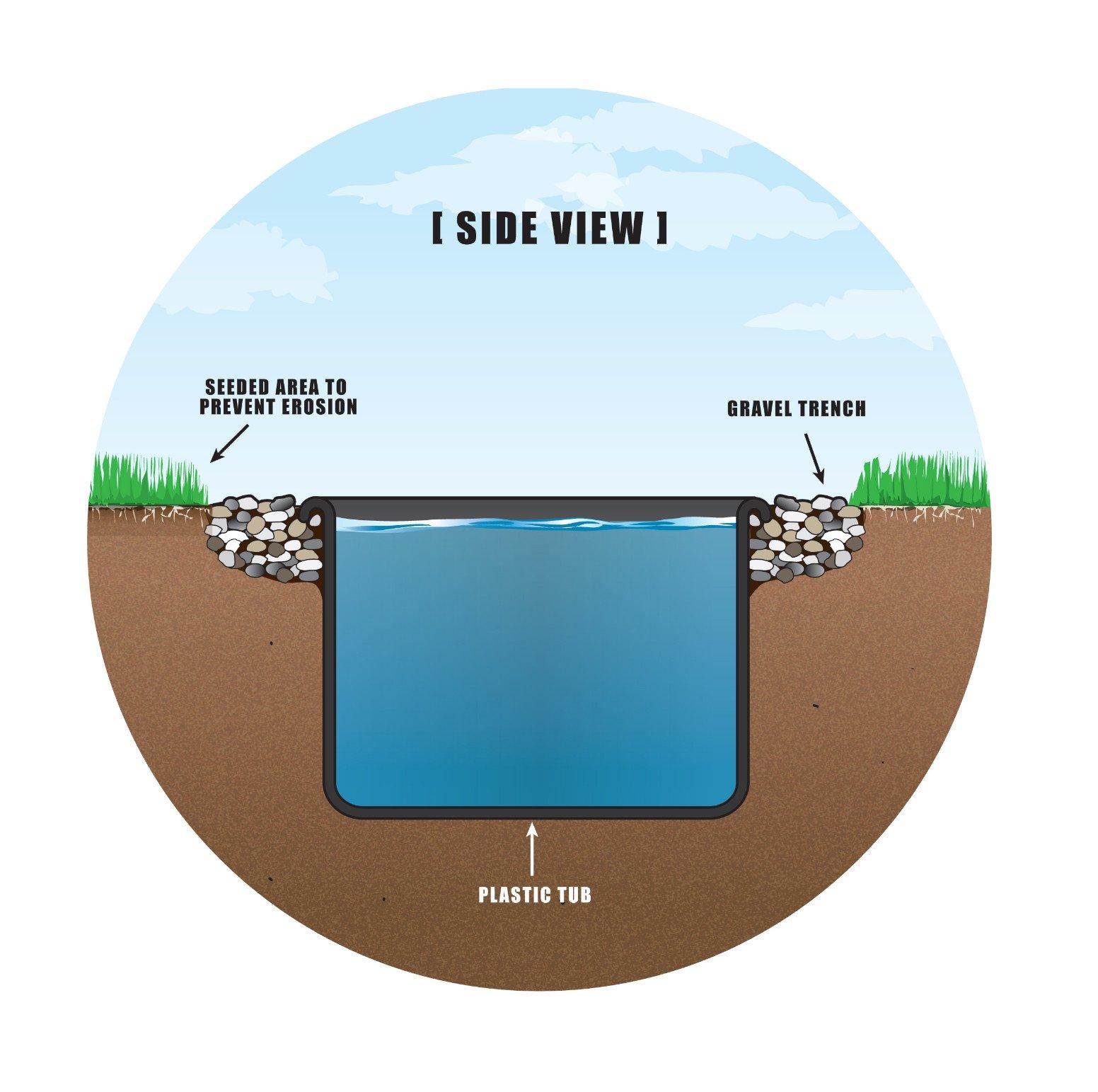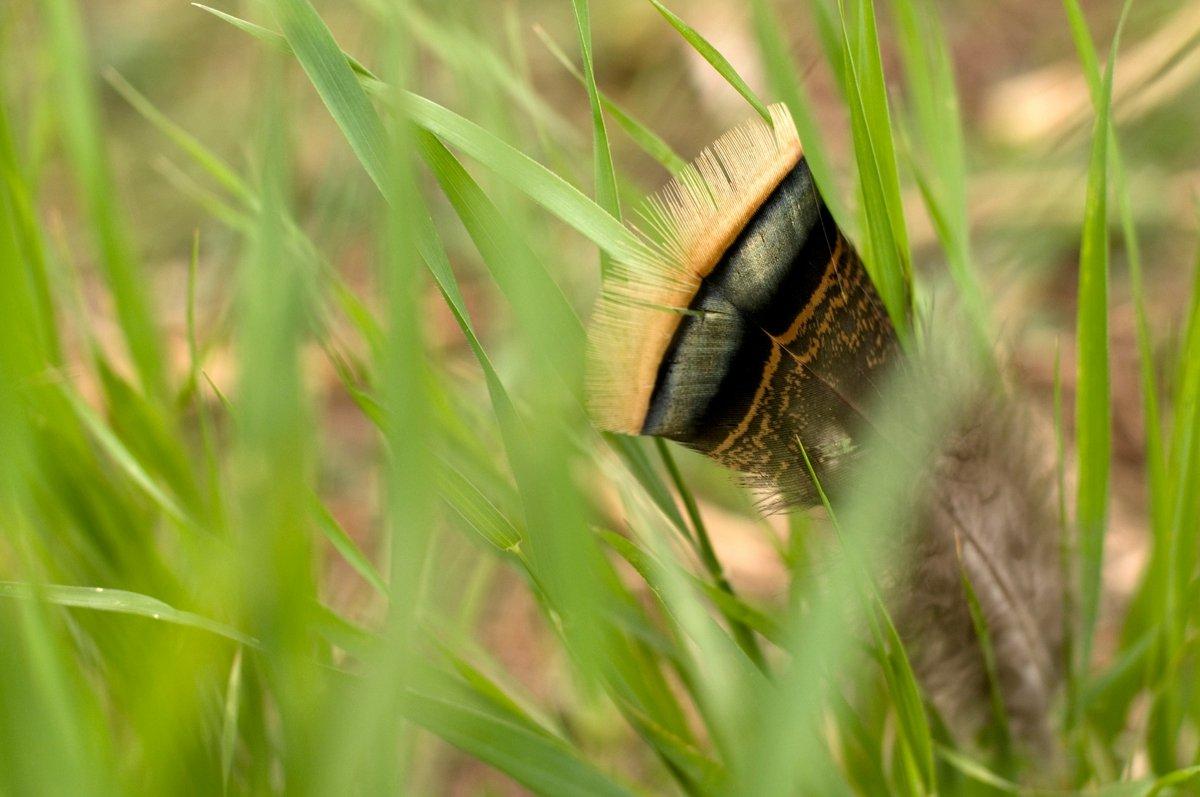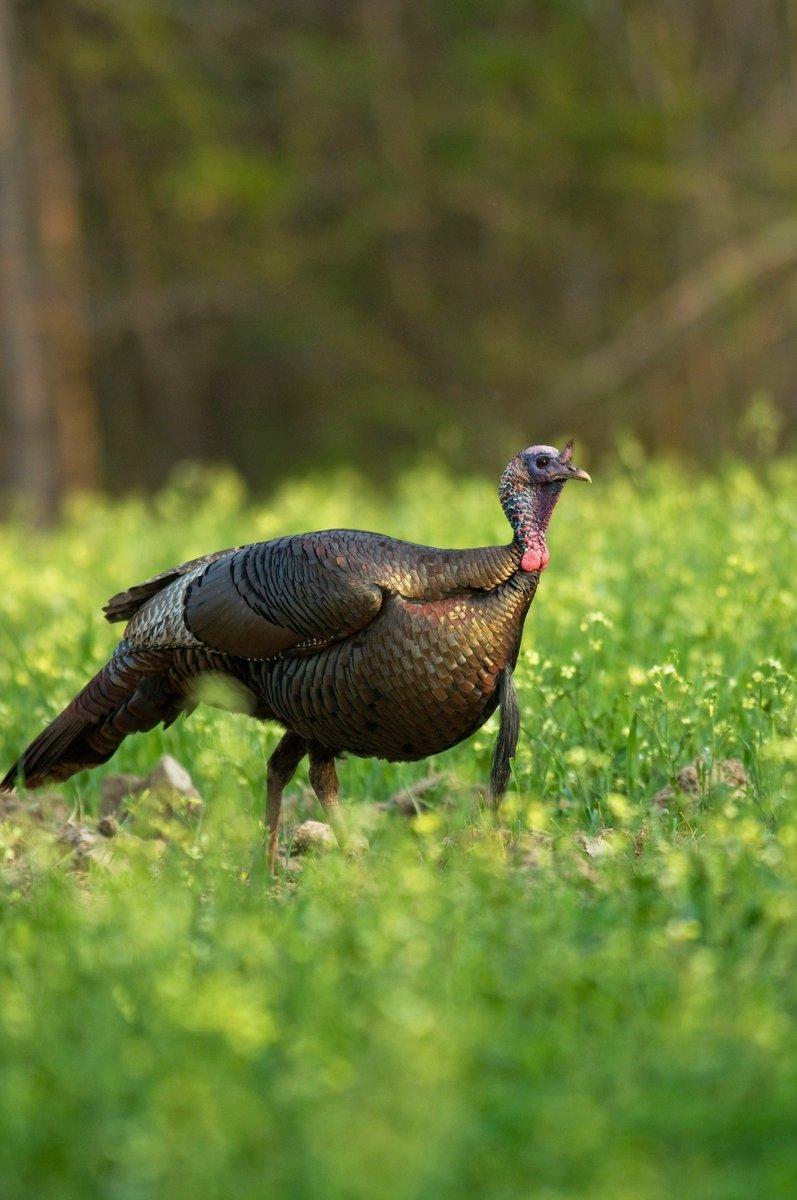Create a Turkey Gobbler Paradise
If you manage hunting property, whether it's a 50-acre family farm or a multiple-member lease, wild turkeys likely figure into your plans - at least to an extent. Deer get the most attention, and food plots and improvements intended for deer certainly benefit turkeys. But by specifically managing for turkeys and focusing on a few key habitat requirements, you can turn your farm into a veritable gobbler nirvana.
Think about turkeys' daily habits and requirements, as well as breeding and nesting needs in spring. Wild turkeys are homebodies to an extent, but they move about their territory each day. You will be able to provide for some of the habitat needs of wild turkeys, but probably not all of them, and so they're likely to wander in and out of your property. That's OK - the more of these things you can accomplish, the more time turkeys are likely to spend on your property. Here's where to focus:
PRESERVE ROOST SITES
If you don't already have roosting trees, you won't be able to grow any quickly. You'll have to concentrate on other habitat features, because it takes a long time to produce the size of tree that turkeys prefer for roosting.
But if you have mature trees, preserve them. Big, old, spreading, multibranched trees are wild turkeys' primary choice for roosting. In the Midwest and East, oaks are preferred. In the South, pines attract birds, as do cypress trees (especially those over water). On the plains and prairies, river-bottom cottonwoods attract roosting turkeys. Out West, cottonwoods are good too, as are pine trees in the hills. In Texas, live oaks and big mesquites support birds.
Preserve existing roost sites. If you conduct logging operations, carefully and strategically plan the timber cutting to leave known roost areas - and a surrounding buffer zone of cover - intact. There's nothing like having turkeys roosting on land you can hunt, where you can get in close and sidle right up to them before dawn.
ENHANCE THE GRUB
Food keeps turkeys close. Preserving natural feeding areas and planting food plots, fields or other openings with forage that turkeys prefer can do more to benefit the turkey hunting on your farm than any other factor. If you don't have turkeys roosting on your land, you can still attract them to your acreage every morning and afternoon with excellent feed.
Mast
Consider natural feeding areas. Stands of hardwood trees that produce hard mast - oaks, hickories, beechnuts and other nut-bearing trees - are important. In many regions, the seeds from pine cones serve as an essential hard mast food source. Like roosting trees, it takes time for many mast-tree species to produce. But, there are some trees you can plant, such as the sawtooth oak, that will produce nuts in a few years.
Food Plots
If you need to create openings for food plots, concentrate on clearing timber or brush that isn't producing valuable hard mast. Forage-rich openings, food plots and small fields will be prime bird-attracting tools. These clearings do not have to be large. Plots as small as a quarter to an eighth of an acre can do the job. Several small plots can be more effective than one large one.
Corn provides high-calorie, high-protein forage in fall and winter, when birds need it most. Standing corn, or better yet a sloppily harvested field with plenty of knocked over stalks and waste grain remaining, will attract turkeys in spring too. Be sure to have green fields around to serve the turkeys as your corn grows. Plow the corn plot under and plant again after spring turkey season. Don't grow corn more than two years in a row on the same soil - a good reason to annually rotate plots or sections of plots between grains and greens.
Small grains such as rye, oats, winter wheat and milo bridge the gap between grain and green, and present another good food plot option. Short plants like these that green up early attract birds in spring, while the grain feeds birds in late summer, fall and winter. Plant in the fall.
Green fields of any type attract turkeys. Alfalfa and clover are prime green field candidates. Many varieties of clover are available to fit your climate, soil type and drainage. Both clover and alfalfa green up early in spring.
Chufa is wild turkey gold in the South. They don't eat the lush green foliage. Rather, chufa produces tubers that turkeys relish. The tubers last through winter into spring, which attracts scratching birds. After hunting season, plow and plant again.
UP THE H2O
Turkeys need water to drink. They also spend a lot of time near ponds, brooks, creeks, streams or rivers because of the abundant cover and forage there. A spring, tiny brook, seep or drainage ditch might be enough. You don't need a lot of water.
If there are water sources near the property but not on it, that might be good enough. On the other hand, if the acreage is so far from water that turkeys visit you infrequently (a common situation in Texas, Oklahoma, and the like), then it might be time to provide some H2O.
Thinking Big
This can be an expensive proposition, and it usually requires some terrain (a valley, draw, gully or ditch) where you can build a dam to catch runoff and seepage. Think big - hiring a bulldozer - to create a dam and collect water. This will do wonders in attracting and holding all sorts of wildlife, not just turkeys.

You can also think small for water and still achieve good results. With only hand tools or a Bobcat, build a dam across a small gully. The resulting mini pond (maybe as small as your kitchen or living room) will serve turkeys and other wildlife. Line the waterhole's floor with plastic, so all the liquid doesn't just seep into the ground.
If creating a dam is too much work, or there's just not enough terrain to catch water, you can create your own mini pond.
Buy a big, deep-bodied, hard-plastic tub (the kind used to feed livestock) or pond liner (commonly used for decorative backyard water features). Dig a hole to fit it up to the tub's plastic rim, place the tub or liner inside the hole, and backfill with dirt around it. Place your mini pond in a shaded or partly shaded spot to minimize evaporation of water.
If you can, cart in water (preferably on a four-wheeler or pickup truck) to prime the pump. Then let rainwater and runoff help replenish.
GETTING AWAY
Open hardwoods are classic turkey habitat. But turkeys also require areas of dense brush and vegetation. Like any gallinaceous game bird, turkeys prefer to retreat to cover when threatened. Whether it's a field of tall grass or thickets of shrubs and vines, turkeys need escape areas.
A good way to create some escape cover that turkeys will love is to clear-cut a section of timber; one to five acres is plenty, with a couple of the smaller-sized plots being ideal. Clear-cuts allow sunlight to reach the ground and brush to grow thick. Yes, it can be difficult to watch some big trees go. But the wildlife habitat you create will far outweigh your reservations.
LOAFING AROUND
Turkeys need areas where they can just spend time. Food is easily obtained in a morning feeding session, and the birds don't feed heavily again until late afternoon. Between times, turkeys need places to relax, loaf, dust, strut, peck … just pass time.
Open hardwoods are classic loafing areas, but don't underestimate the value of places you might otherwise think of as junk on your land. Great loafing areas can also center around abandoned pastures with some brush, forgotten corrals, retired orchards, bald ridgetops above timbered sidehills, and clearings or timber landings in the woods. Turkeys love forgotten places.
STRUT THEIR STUFF
In breeding season, gobblers need places to strut. The best strutting grounds will be your food plots, green fields and other open feeding areas. Hens congregate here, and gobblers know it. Loafing areas also serve as strutting grounds.
Gobblers like to be seen when they're strutting. So if your property is all timber, you need to vary the landscape with food plot openings. Openings also provide the landscape diversity that wild turkeys thrive on. And because sunlight reaches the ground, openings produce more, and more nutritious, food.
POULT PRODUCTION
Another reason to promote fields, food plots and openings is to create the kind of edge cover that hens prefer for nesting. While hens are the nemesis of most of our gobbler-hunting endeavors, it's also true that gobblers will only be found where the hens are. No hens means no gobblers to hunt.
Promote attractive nesting territory and cover. Openings provide valuable edge that encourages nesting. Hens don't nest in deep woods. Rather, they stick to the brushy edges next to openings, the thick grass of Conservation Reserve Program or other fallow fields, fencerows, meadows, and other transitional areas with low cover to hide in but good visibility.
Go here for more Realtree turkey hunting. Follow us on Facebook.
(Editor's note: This Realtree article was originally published in February of 2012.)











